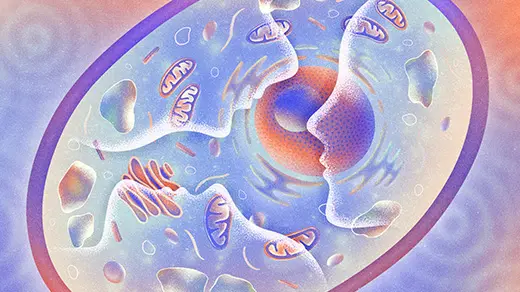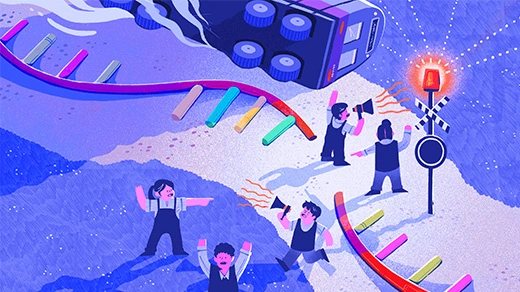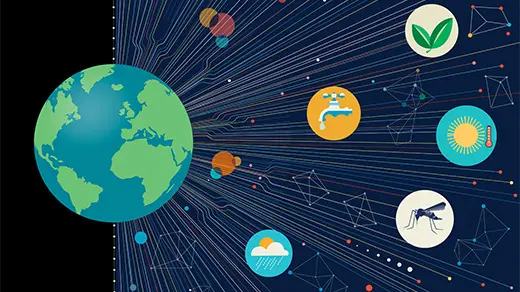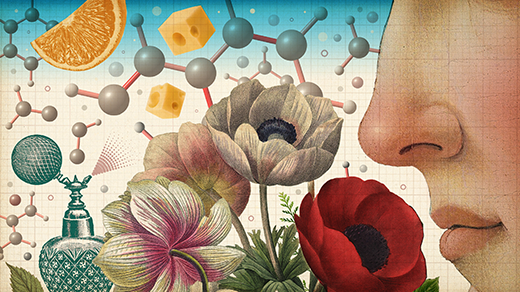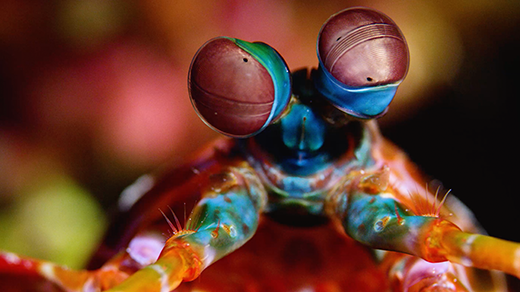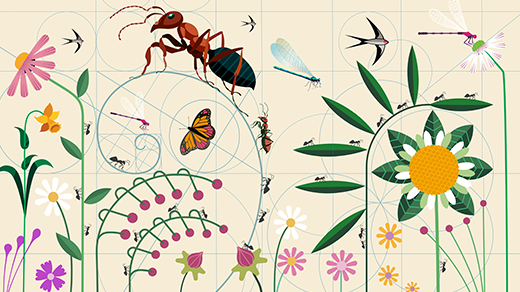What's up in
Biology
Latest Articles
What Does It Mean To Be Thirsty?
The effects of insufficient water are felt by every cell in the body, but it’s the brain that manifests our experience of thirst.
What Can a Cell Remember?
A small but enthusiastic group of neuroscientists is exhuming overlooked experiments and performing new ones to explore whether cells record past experiences — fundamentally challenging what memory is.
The Cells That Breathe Two Ways
In a hot spring at Yellowstone National Park, a microbe does something that life shouldn’t be able to do: It breathes oxygen and sulfur at the same time.
RNA Is the Cell’s Emergency Alert System
How does a cell know when it’s been damaged? A molecular alarm, set off by mutated RNA and colliding ribosomes, signals danger.
How Can Regional Models Advance Climate Science?
Elfatih Eltahir explains why we need more local and social data, like disease spread and population growth, to better predict and address climate-related challenges.
How Smell Guides Our Inner World
A better understanding of human smell is emerging as scientists interrogate its fundamental elements: the odor molecules that enter your nose and the individual neurons that translate them into perception in your brain.
When Did Nature Burst Into Vivid Color?
Scientists reconstructed 500 million years of evolutionary history to reveal which came first: colorful signals or the color vision needed to see them.
The Ecosystem Dynamics That Can Make or Break an Invasion
By speedrunning ecosystems with microbes, researchers revealed intrinsic properties that may make a community susceptible to invasion.
Does Form Really Shape Function?
From brain folds to insect architecture, L. Mahadevan explains how complex biological forms and behaviors emerge through the interplay of physical forces, environment and embodiment.

